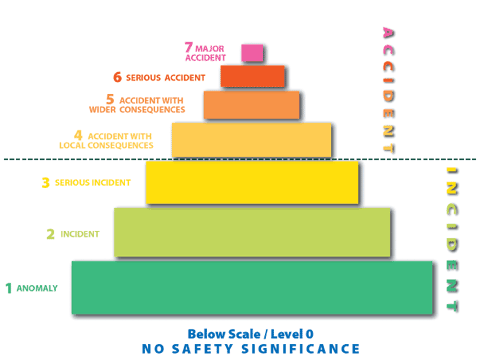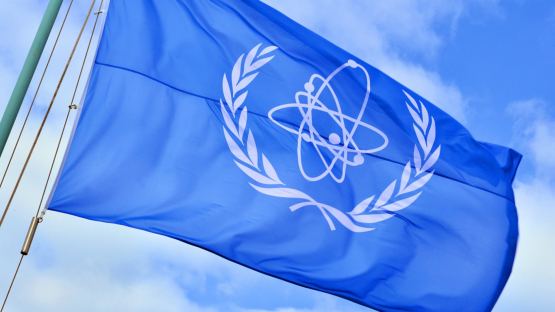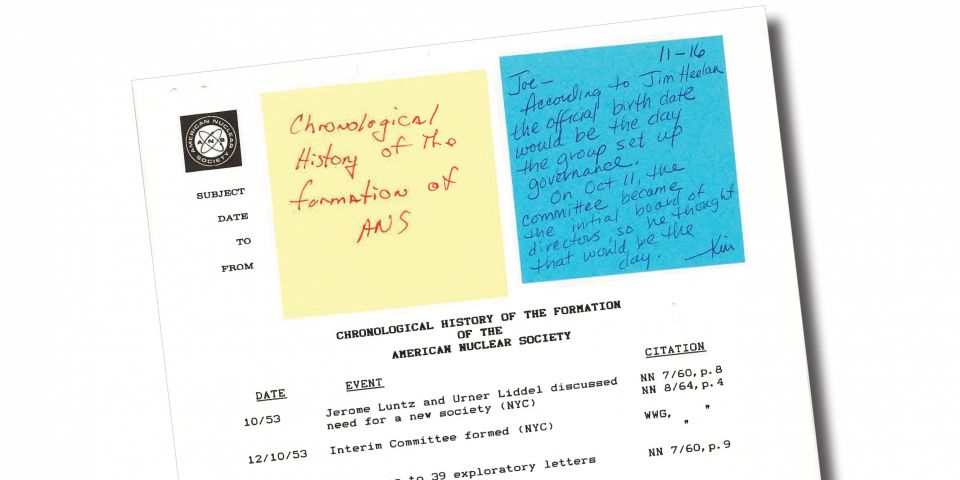Was Fukushima Rated Correctly on INES?
On April 12, one month after the initiation of the tragedy at the Fukushima Daiichi I nuclear power plant, the Japanese government labeled the event a level seven accident-the most severe rating on the International Nuclear Events Scale (INES). This announcement heightened international concerns about the severity of the event and the potential for circumstances to worsen. This posting is intended to provide some clarification about these events in historical context.
Overview of INES system
 In 1989, a group of nuclear safety experts at the International Atomic Energy Agency developed the seven-point INES system to classify the seriousness of nuclear events. Each step on the scale is designed to represent an event 10 times more severe than the previous step. INES has been adopted by the nuclear regulatory authorities of over 60 countries as a communication tool to ensure public safety during a nuclear event.
In 1989, a group of nuclear safety experts at the International Atomic Energy Agency developed the seven-point INES system to classify the seriousness of nuclear events. Each step on the scale is designed to represent an event 10 times more severe than the previous step. INES has been adopted by the nuclear regulatory authorities of over 60 countries as a communication tool to ensure public safety during a nuclear event.
Using this scale, the Three Mile Island accident was identified as a level five and the Chernobyl accident was identified as a level seven. The seven levels on the INES are described below:
Events at Fukushima
On March 11, a 9.0-magnitude earthquake near the island of Honshu triggered a 46-foot-tall (14 meter) tsunami, which hit the Fukushima Daiichi I plant some 15 minutes later. The initial reports indicate the earthquake caused a loss of offsite power, triggering the startup of the emergency generators at the six-unit site. It appears that backup emergency systems were operating as intended at the time the tsunami occurred.
Unfortunately, the subsequent tsunami disabled the backup diesel generators and flooded the electrical systems at the site, causing the site to enter a station blackout. Emergency batteries powered the systems for eight hours. When the batteries failed, however, it caused the subsequent loss of cooling, triggering a series of explosions, partial meltdowns at the site, and a variety of problems at all six units.
 On March 13, the day after the hydrogen explosion at unit 1, the Japan Atomic Energy Agency made an official statement that the event at unit 1 had reached a level four on the INES. The following day, after the hydrogen explosion at unit 3, the French Nuclear Safety Authority (ASN) argued the event should be rated a level five or six on the INES.
On March 13, the day after the hydrogen explosion at unit 1, the Japan Atomic Energy Agency made an official statement that the event at unit 1 had reached a level four on the INES. The following day, after the hydrogen explosion at unit 3, the French Nuclear Safety Authority (ASN) argued the event should be rated a level five or six on the INES.
On March 18, Japanese authorities announced that the events at units 1, 2, and 3 were being categorized as INES level five accidents and the event at unit 4 would be categorized as a level three incident.
Before April 1, airborne releases of radioactive materials had already begun, individuals within 20 kilometers of the site had been evacuated, and health authorities had prevented the consumption of foods such as milk and spinach that were contaminated with radiation. In addition, on April 2, water from unit 2 was seen flowing into the sea and higher levels of radiation were being identified in seawater near the site.
Impact of the level seven rating
The Japanese government's decision to rate the Fukushima incident as an INES level seven accident on April 12 raised questions about whether the incident was getting worse and if radiation dangers were equivalent to those of the Chernobyl accident. The chain of events leading up to April 12 indicates a higher INES score should have been issued a week or two sooner. The delayed rating announcement, which heightened concerns about worsening circumstances, was more likely a lagging indicator of events at the site.
As far as the assignment of a level seven rating, which placed Fukushima on the same level as Chernobyl, this may not be in line with reality. While I don't want to minimize the seriousness of the recent event, there are some clear distinctions from Chernobyl that need to be mentioned.
- First, evidence suggests the level of radioactivity released from Chernobyl was 10 times greater.
- Second, because debris from the graphite/uranium fuel fire at Chernobyl entered the jet stream, a significant amount of radioactive material was deposited over a much greater geographical area than the more localized radiation releases at Fukushima.
- Third, during Chernobyl, individuals living near the site were not evacuated for days after the accident and continued to eat contaminated foods. Following the Fukushima event, Japanese authorities promptly evacuated local populations and took active measures to prevent contaminated food and water from being consumed by local populations.
While there have been significant releases of radioactive material at Fukushima through airborne and contaminated water dispersion, the overall impact on human and environmental exposure pathways appears to be meaningfully less than Chernobyl due to the comparatively lower levels of radioactive release, prompt evacuation orders, and the dilutive effects of the Pacific Ocean. These factors clearly justify the need for a distinction in ratings between the two accidents.
In the weeks and months ahead, we will have an even greater opportunity to analyze this accident and place it into proper historical context. Given the information currently available, it seems that the Japanese government's INES ranking for Fukushima may be too high and the IAEA may need to consider revisiting the criteria used to classify nuclear events on the INES.
____________________________________________________
As a member of Shaw Power Group's executive team, Jeff is focused on enhancing the group's external relationships, including business development,marketing and communications, government and regulatory affairs, customer relations, and strategic planning. He has been particularly involved in supporting the group's nuclear-related efforts. Prior to joining Shaw, Merrifield served two terms (1998 to 2007) as a commissioner of the U.S. Nuclear Regulatory Commission. In this role, he was one of five individuals overseeing this independent commission that regulates the safety and security of the 104 operating nuclear power plants in the United States.









